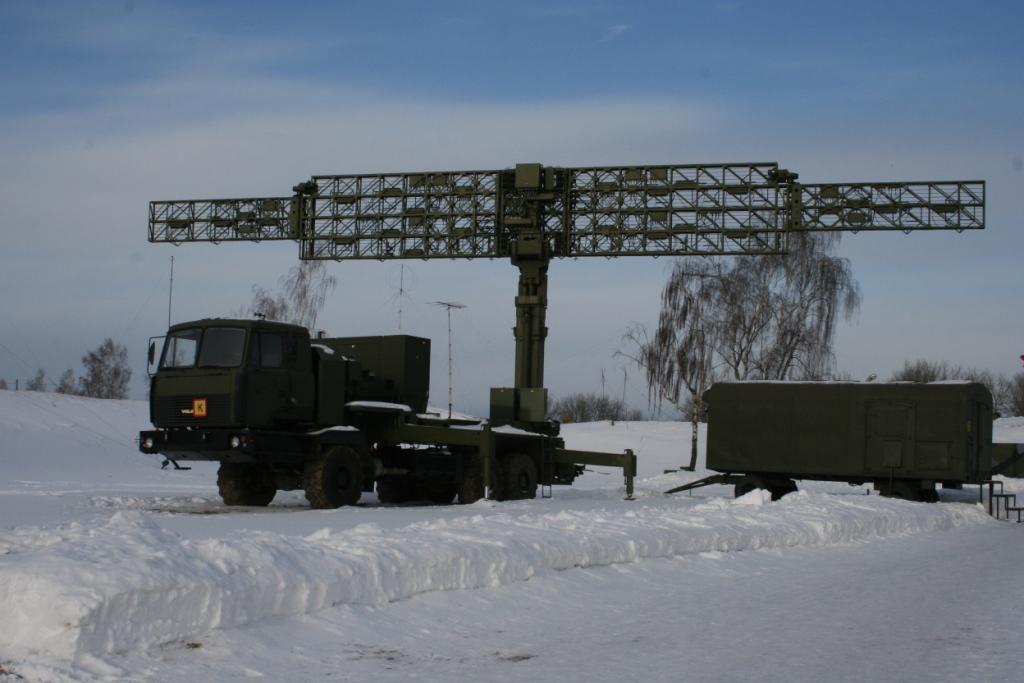nemrod wrote:Iran claim that it could detect and track any stealth system flights. If this is OK, it must be and undoubtly, with russian's help.
Indeed, they downed a year ago the sentinel's drone stealth. With russian's know how.
My question is :
Why do not russian's scientists adapt, or manage this technology inside Mig 29/35, SU-/27/30/32/35 canceling the stealth technologies effectiveness that is inside F-117/F-22/F-35/F-15 ?
Russia has numerous systems capable of detecting LO platforms; the issue is being able to accurately track them to do something about it. Digital VHF-band radars like the 55Zh6 are what you use to do this. The reason you can't really adapt this technology to a fighter plane is actually pretty simple to explain. Look at the size of a 55Zh6 or other VHF-band radar. The arrays themselves, to transmit on such wavelengths, need to be pretty large. That's just a function of the physics involved, and means that an array transmitting a VHF wavelength is going to naturally be much larger than you can fit into a fighter's nose. What you could do is potentially build one along the side of something like an A-50. That'd give you enough space to work with to get the array large enough to function as a VHF-band transmitter and receiver. At that point it becomes a processing question because you've got a moving emitter rather than a stationary ground-based radar.
nemrod wrote:In fact my question was not correct, I am going try to be more accurate.
Does Russia have a secret weapon that allow to detect, track, and down each stealth aircraft, or boats ?
Since 2011, Iran use to detect and down several US stealth aircrafts, it seems that Russia provide a new technlogy ? If someone have clue please...
If it was secret we wouldn't know about it

But seriously, they have all kinds of radars like this operational right now. I think at last count I spotted 60 some deployed 55Zh6 arrays alone, and there are other operational systems that would work as well.
The problem is that you have LO aircraft like the F-117 or F-22 that are optimized to counter much smaller wavelengths, the wavelengths employed by fire control radars in aircraft or on SAM systems. Until recently, digital signal processing hadn't caught up and a VHF-band emitter wasn't really a significant worry; you knew it couldn't track you with enough accuracy to hand over to a fighter command post or a SAM battery. Digital processing makes this a much bigger problem for an LO fighter. Plus, the Nebo-M is going to be a multiple wavelength system, with different arrays for different wavelengths. This is where things will get really interesting. If your VHF signal sees something and the X band signal does not, you know you've got an LO aircraft like the F-22 or F-35. Obviously stealth is not 100% effective, it just reduces detection range of enemy emitters to a useful point, but using a multi-wavelength system like this takes the aircraft's LO capability and uses it against it. With much more accurate systems available these days, you've also got the accuracy required to guide in a fighter or launch a SAM close enough to where it's seeker will be able to acquire the target.
The B-2 is a different problem altogether. Fighters can be seen by a VHF radar because their stealth features are optimized for smaller wavelengths and therefore don't really make a difference to the physically much larger VHF wavelength. The B-2, however, is big enough to incorporate a degree of counter-VHF LO. If you asked me to name the most survivable stealth platform out there, I'd probably give you the B-2. Anybody else is potentially facing a much higher risk from VHF-band and other long wavelength radar systems.
How does Iran come into this? They appear to have received the 1L119 Nebo-SVU, or developed something very similar (without welding oil cans together this time and calling them an S-300P), a VHF-band, modern radar with a good bit of counter-LO capability. Something like this will help you track things like the RQ-170, or the F-22.




















